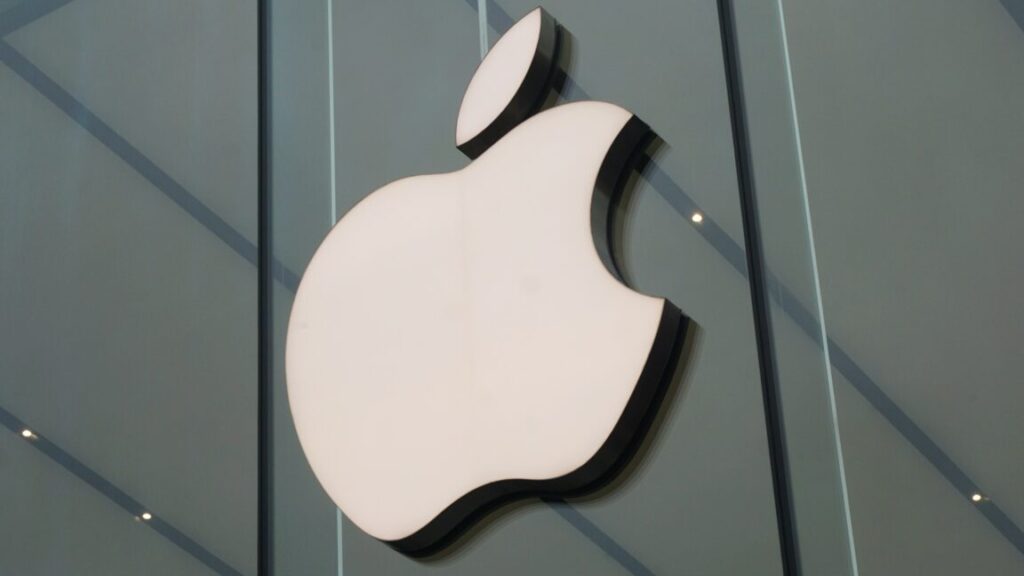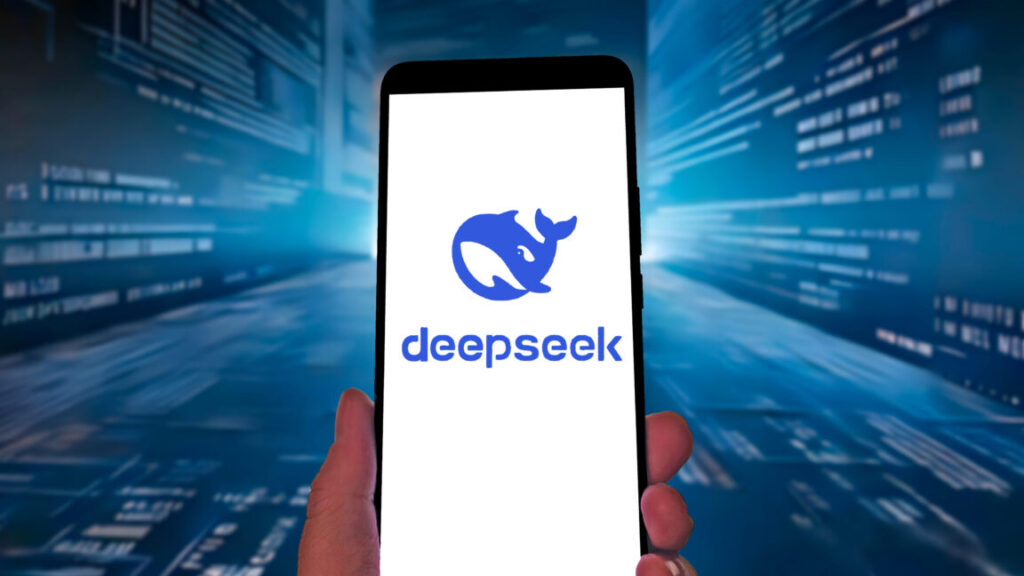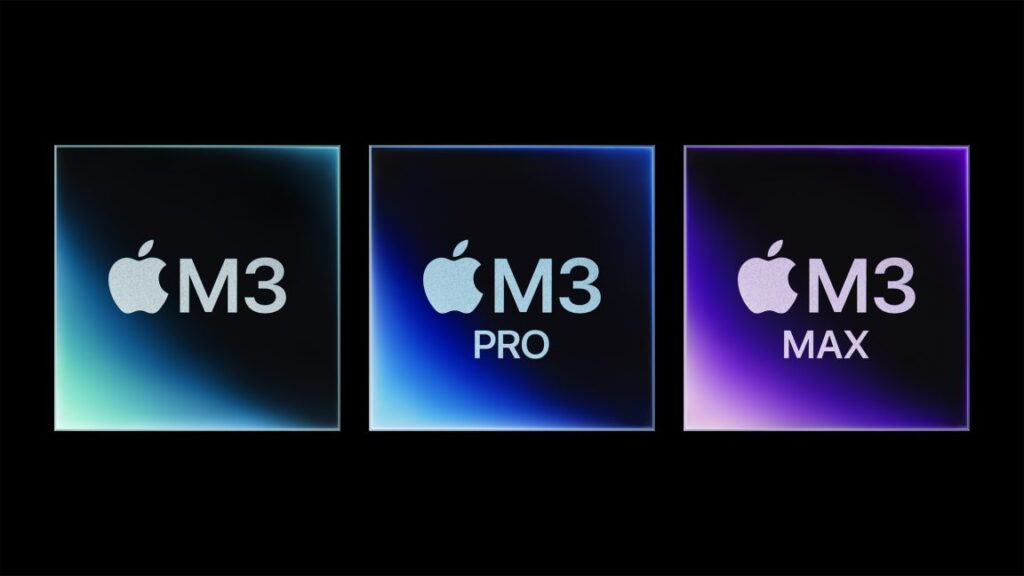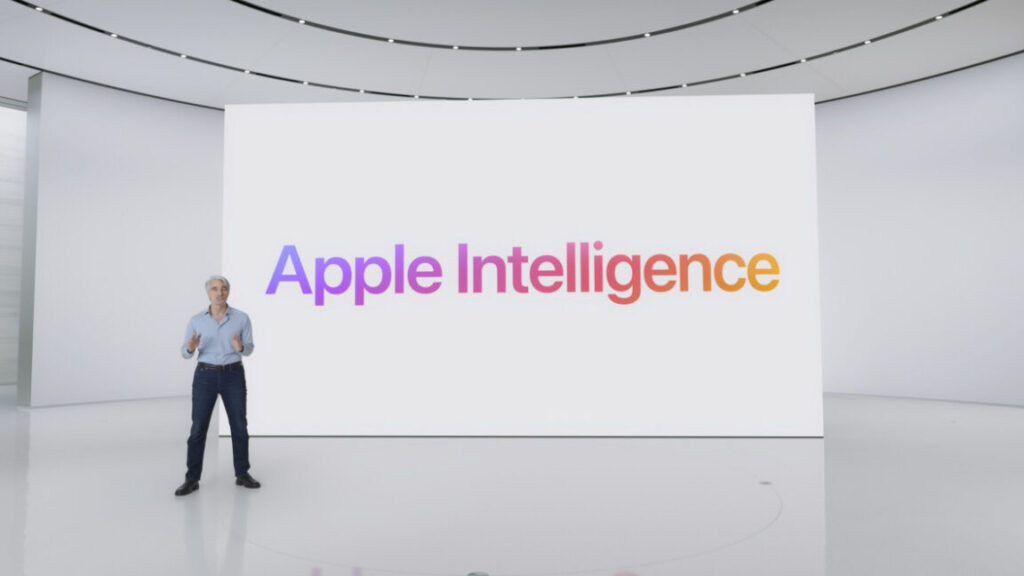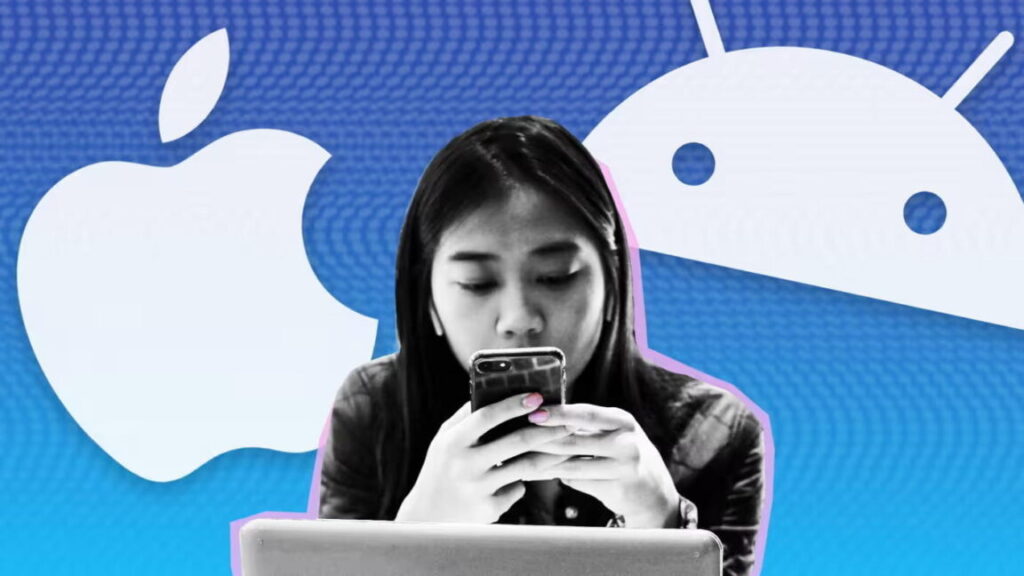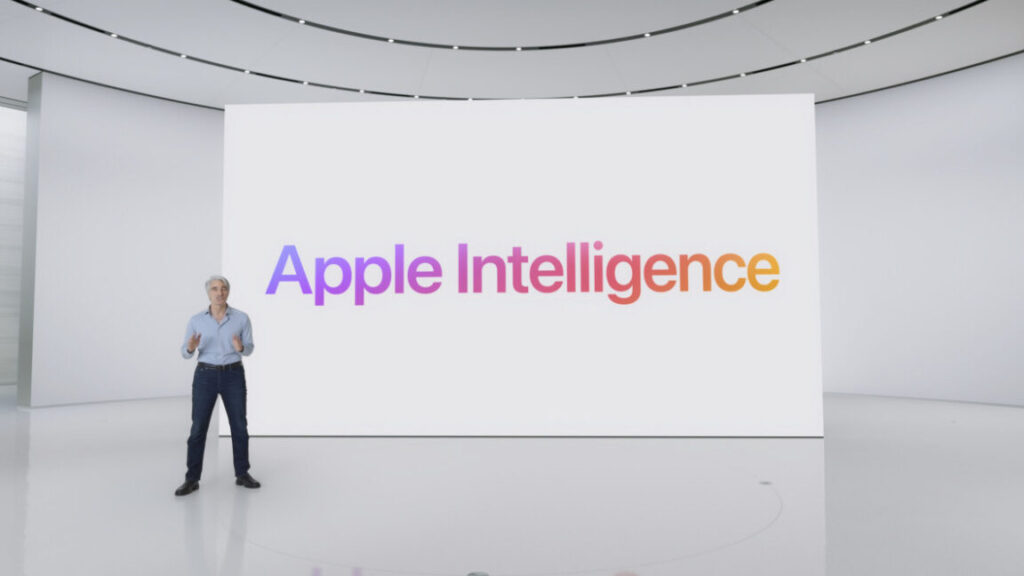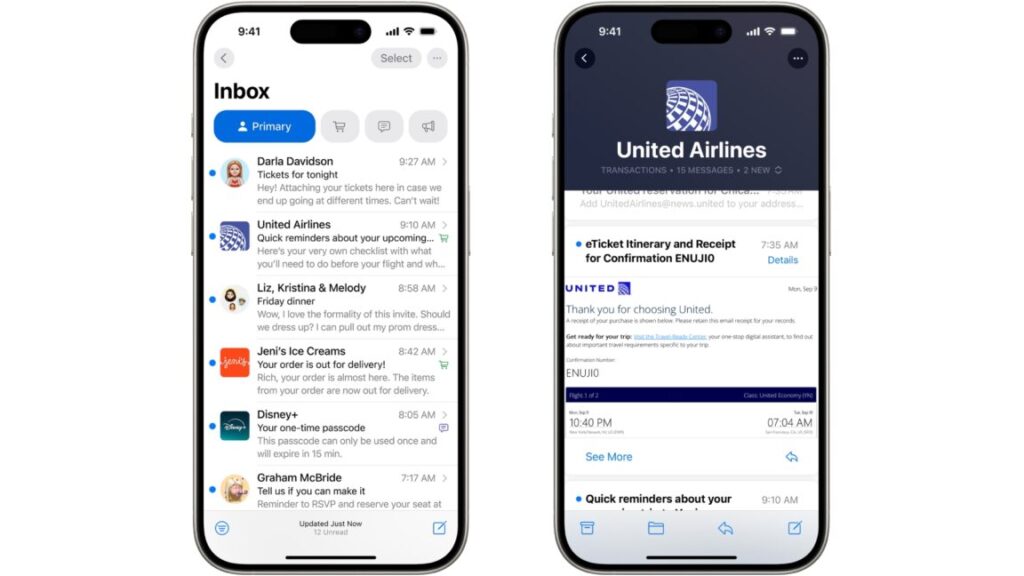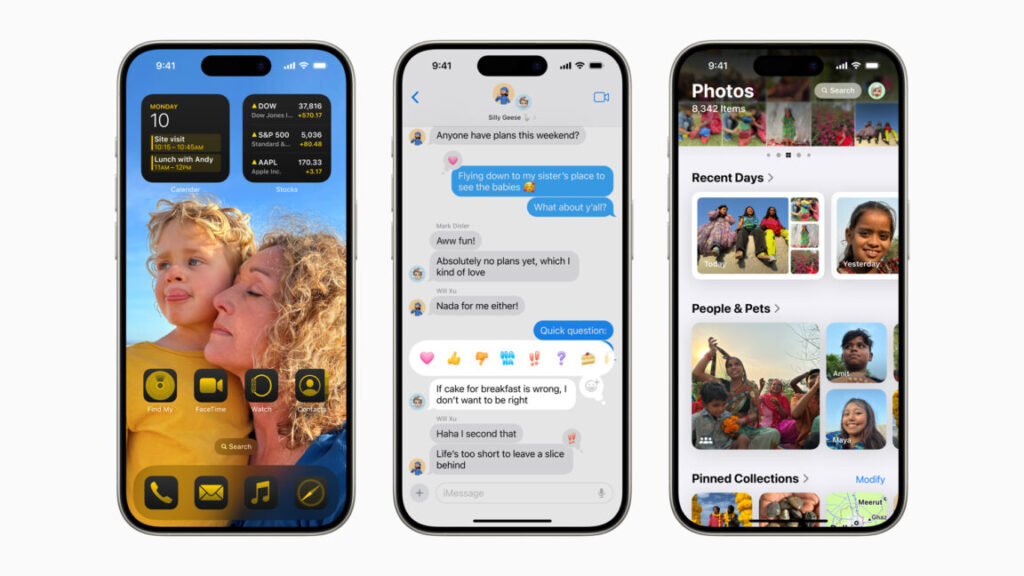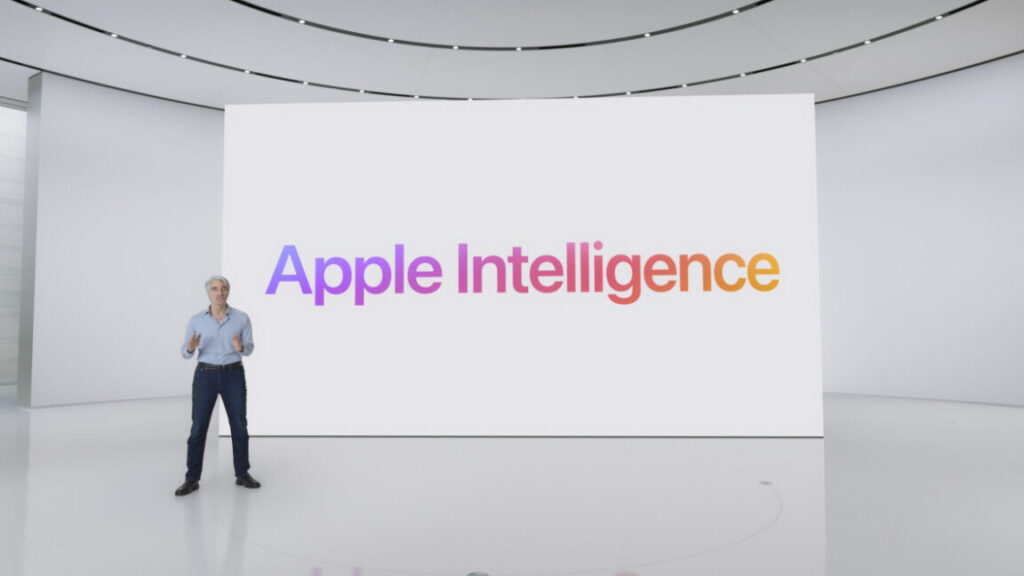UK demands Apple break encryption to allow gov’t spying worldwide, reports say
The United Kingdom issued a secret order requiring Apple to create a backdoor for government security officials to access encrypted data, The Washington Post reported today, citing people familiar with the matter.
UK security officials “demanded that Apple create a backdoor allowing them to retrieve all the content any Apple user worldwide has uploaded to the cloud,” the report said. “The British government’s undisclosed order, issued last month, requires blanket capability to view fully encrypted material, not merely assistance in cracking a specific account, and has no known precedent in major democracies.”
Apple and many privacy advocates have repeatedly criticized government demands for backdoors to encrypted systems, saying they would harm security and privacy for all users. Backdoors developed for government use would inevitably be exploited by criminal hackers and other governments, security experts have said.
The UK is reportedly seeking access to data secured by end-to-end encryption with Apple’s Advanced Data Protection, which prevents even Apple from seeing user data. Advanced Data Protection is an optional setting that users can enable for iCloud backups, photos, notes, and other data.
“Rather than break the security promises it made to its users everywhere, Apple is likely to stop offering encrypted storage in the UK,” The Washington Post paraphrased its sources as saying. “Yet that concession would not fulfill the UK demand for backdoor access to the service in other countries, including the United States.”
Apple opposes UK snooping powers
The Technical Capability Notice was reportedly issued by the UK Home Office under the Investigatory Powers Act (IPA). The 2016 law is nicknamed the Snoopers’ Charter and forbids unauthorized disclosure of the existence or contents of a warrant issued under the act.
“Apple can appeal the UK capability notice to a secret technical panel, which would consider arguments about the expense of the requirement, and to a judge who would weigh whether the request was in proportion to the government’s needs. But the law does not permit Apple to delay complying during an appeal,” the Post wrote.
UK demands Apple break encryption to allow gov’t spying worldwide, reports say Read More »
